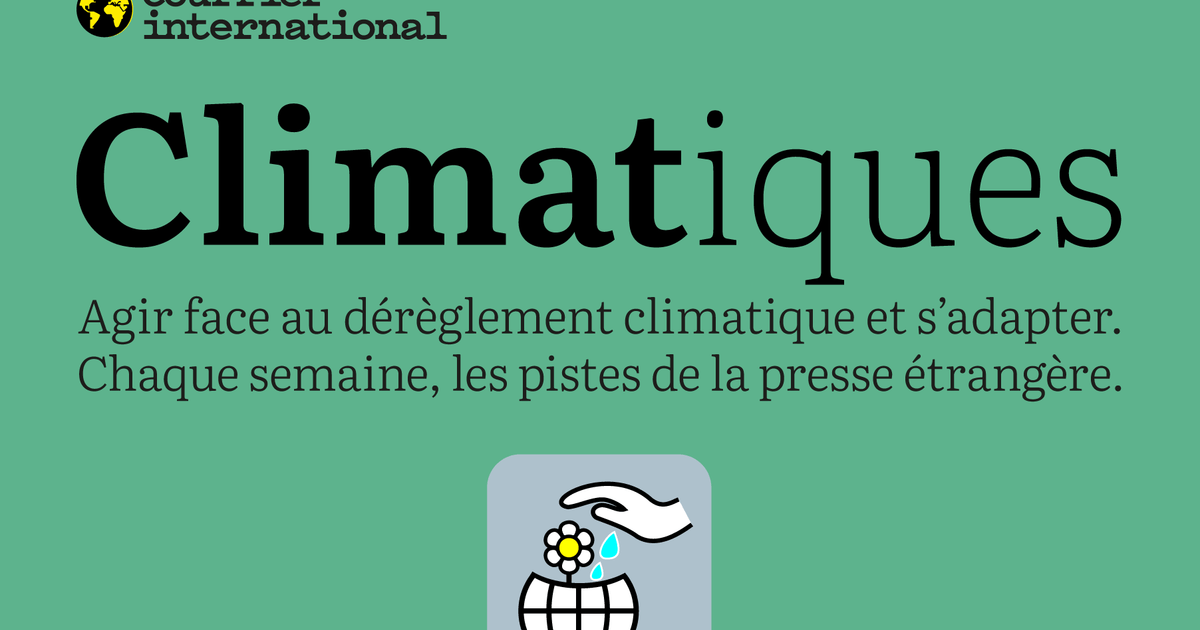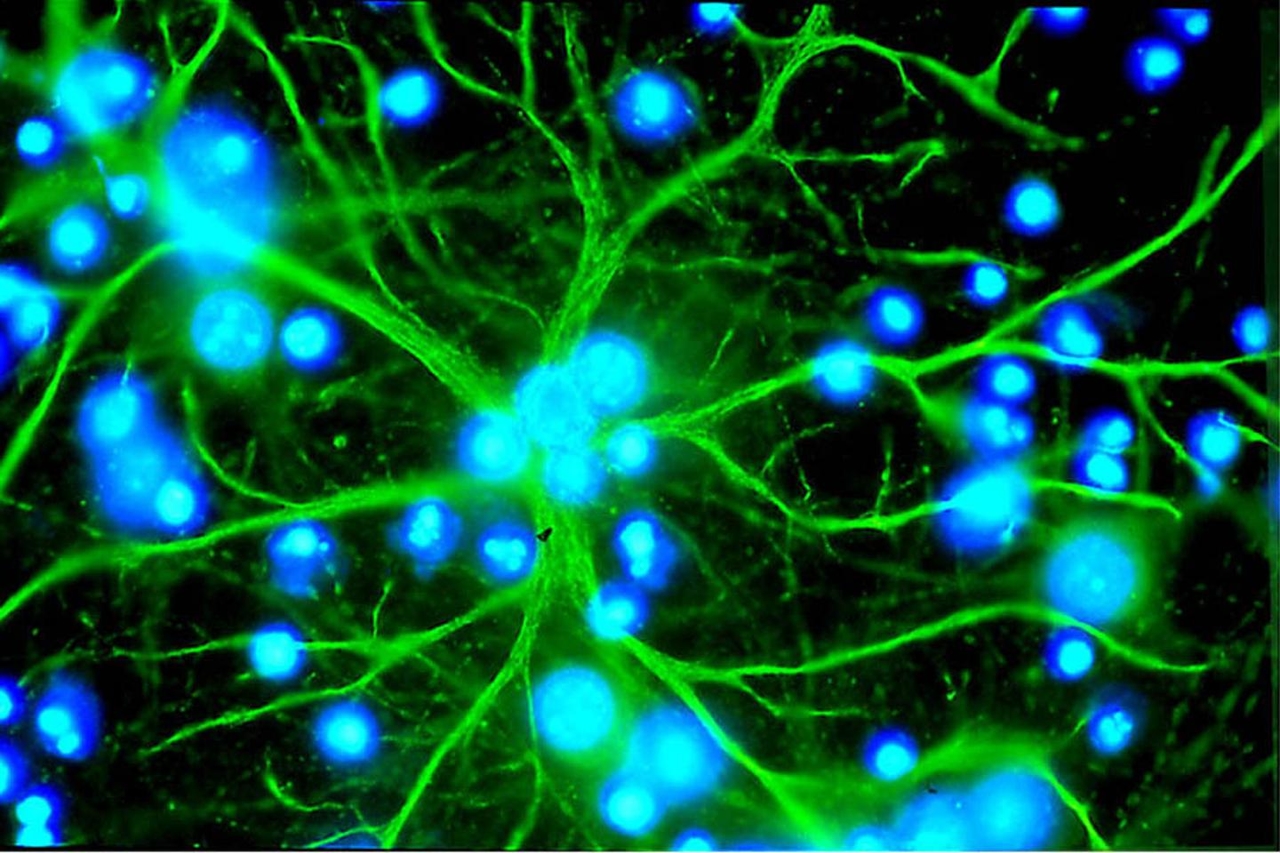3.5 million people without electricity: after Jamaica, Hurricane Melissa hits Cuba
Determining the threat posed by Melissa seems to hinge entirely on "category." Hurricanes are classified according to the Saffir-Simpson scale, which has five categories. This report, taken from the Washington Post 's live coverage , accurately reflects Melissa's evolution... and the Caribbean countries that experienced its most violent phase.
“Melissa made landfall in Jamaica on Tuesday as a Category 5 hurricane with winds of 298 km/h. Then, it arrived in Cuba on Wednesday morning [US time] as an 'extremely dangerous' Category 3 hurricane, according to the US capital's media outlet. It has now weakened to a Category 2 storm and is expected to make landfall in the Bahamas later today.”

Jamaica, understandably, is the hardest-hit country, as evidenced by the front page of the Jamaica Observer on October 29th. The newspaper features a photo of devastated buildings amidst the floodwaters. The image is accompanied by the headline: “Disaster!” “Melissa was the worst hurricane in history to hit Jamaica,” the Kingston-based paper states, but for now, information on the extent of the damage it caused remains very limited.
“The parish [administrative territorial division] of St. Elizabeth is underwater,” announced St. Elizabeth Local Government Minister Desmond McKenzie, as reported by the Jamaica Observer . “ We have received information from the commune of Black River, where several families are trapped in their homes, and where rescue teams have had difficulty reaching them.” While there is no official count of casualties at this time, this video, shared by the media outlet, clearly illustrates the extent of the destruction.

What we know from the central government is that “400,000 people have been affected by the hurricane,” reports The Washington Post . The American daily also quotes Desmond McKenzie, who states that nearly 15,000 people are being housed in temporary shelters in the parish of St. Elizabeth.
While network problems are hindering the collection of reliable information from the ground, the situation in Jamaica is known to be extremely complex. Many countries have already indicated their willingness to participate in delivering aid to the area.
Further north, in Cuba, Melissa's impact appears to have been somewhat less severe, according to initial reports from the island. Before the hurricane's arrival, the Havana government had already taken preemptive measures, "evacuating 735,000 people and placing six provinces on alert," reports El País from Madrid .
Later on Wednesday, an initial assessment of the damage was carried out by the Havana media outlet 14ymedio , which indicated that “140,000 people, in 241 districts, are currently affected by cut communications, and [that] nearly 3.5 million residents are without electricity.”
Melissa primarily affected the southeast of the island, where Santiago is located. And in the province of Cuba's second-largest city, the news site continues, “approximately 284,000 people were evacuated, mainly in the municipalities of Aserradero and Guamá, where winds reached 205 km/h, with even stronger gusts. The terrifying waves exceeded 4 meters. Roofs and electrical and telephone cables were torn down.”
As in the case of Jamaica, the Spanish-language media outlet concludes, “the full extent of the material damage has not yet been quantified.” The same applies to the number of potential victims.
The hurricane caused immense damage, even in areas not directly in its path. In Haiti, the floods it triggered have left at least 25 people dead in the city of Petit-Goâve, according to the mayor, who spoke to the Associated Press .
Courrier International





